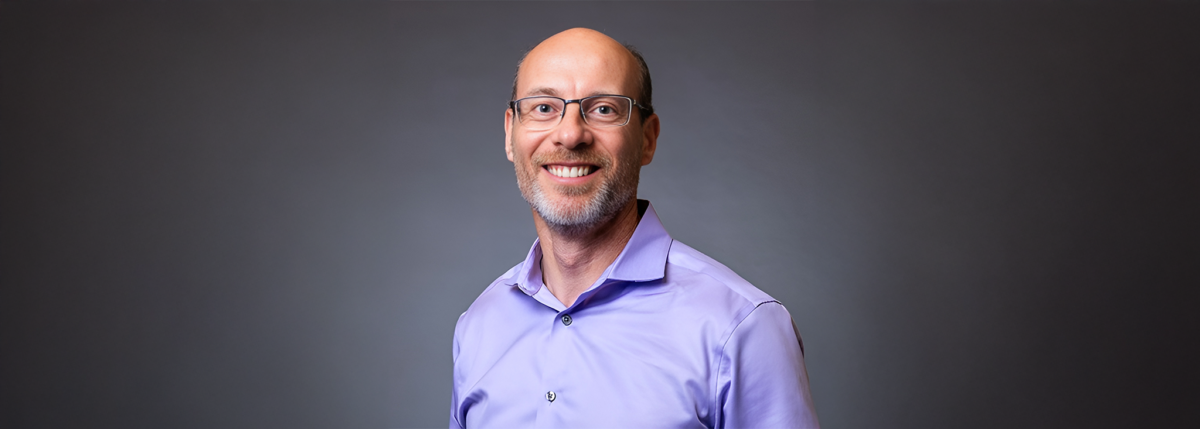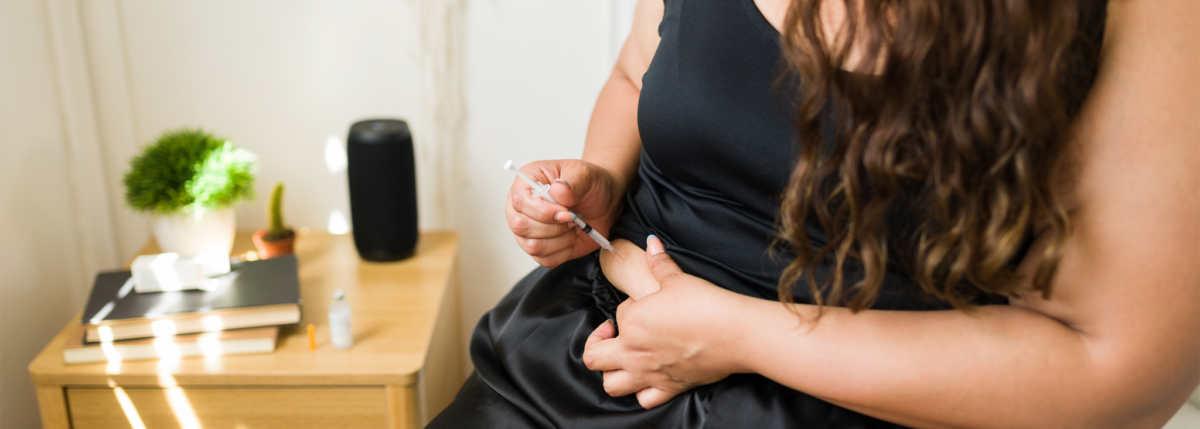‘Purple Hearts’ Delivers a Realistic, Unforgettable Main Character with Type 1 Diabetes
Written by: Julia Flaherty
6 minute read
July 29, 2022
Editor’s Notes: Need help accessing insulin in the United States? Head to GetInsulin.org to create a customized access plan—find copay cards and assistance programs you may qualify for based on your location, types of insulin you use, income level and insurance coverage.
This movie review contains spoilers for the Netflix film “Purple Hearts.”
“Purple Hearts” follows the story of Cassie, played by “Descendants” actress Sofia Carson, an aspiring singer working several jobs just to stay alive and support her dreams. Newly diagnosed with type 1 diabetes just six months ago, she struggles to keep up with paying rent and for her insulin—often having to decide between paying for one or the other.
After nearly collapsing on stage one night due to diabetes complications from an untreated high while performing with her band, The Loyal, the idea of marrying someone in the Marine Corps to get spousal healthcare benefits moves from a ridiculous joke in her mind to one she should quickly pursue. When her childhood friend and current Marine, Frankie, rejects her proposal for marriage to receive these benefits, she finds an uncommon partner in Luke—also a Marine, but someone she detests.
Luke, played by Nicholas Galitzine from Amazon’s 2021 version of “Cinderella,” is in his own desperate situation. He owes money to a former friend, Johnno, who supported his drug addiction and other destructive behaviors after the loss of his mother years ago.
After Luke and Cassie marry, they must keep up the scam to avoid being court-martialed. Their journey together leads them across many obstacles from uncommon ground to an unprecedented, renewed passion for life and one another.
“Go Big Pharma.”
If you’re a romance fan alone, you should like “Purple Hearts,” but let’s focus on Cassie’s experience as a person with type 1 diabetes.
Less than 20 minutes into the film, viewers see Cassie experience an all too common event at the pharmacy, where she is told insurance won’t let her fill her short and long-acting insulin prescriptions for another four days. Despite explaining how dangerous it is for her to go without her insulin for that long, there’s nothing the pharmacist can do. Instead, she further insists that she can fill it without insurance benefits, but it will cost Cassie more than $500 to refill both insulin prescriptions. Unable to pay, Cassie has to walk away and wait four days before she can refill her insulins again.
Situations like this happen to people with all types of diabetes way too often. This scene was a fantastic way to educate and spread awareness of the financial burdens of type 1 diabetes. It also gives viewers a glimpse into critical issues facing the diabetes community, like insulin rationing spurred by the high costs of insulin.
The disgruntled look on Cassie’s face and sarcastic quip, “Go Big Pharma,” she mutters before exiting the pharmacy, was the chef’s kiss on top of this ultra-realistic moment.
Editor’s Note: If you’re in a similar situation now, visit our urgent help resources GetInsulin.org, then build your customized insulin access plan with copay cards and assistance programs you may qualify for based on your location, types of insulin you use, income level and insurance coverage.
Diabetes: A natural part of the story or a plot device?
Type 1 diabetes is integral to the “Purple Hearts” story. Living with diabetes is dramatic. Diabetes warranted all of the intense events it drew up in this story. It is an emotionally exhausting, trying condition.
From the way that Cassie’s mother experienced the burden and shame of wanting to help support her daughter financially but not being able to, to an intimate moment she shares with Luke on their couch when their walls are finally down with one another and he helps her treat a woozy low blood sugar with glucose gel—there were several other moments in the film that showed real-life experiences of people with type 1 diabetes.
Every single integration of type 1 diabetes was effective. At one point, Cassie is able to get an insulin pump and continuous glucose monitor (CGM); that look of relief on her face when she gets her new tech is one I won’t forget. I felt it with her. I was there at one point too. My CGM was not only game-changing but life-saving.
It’s important to see people with type 1 diabetes (T1D) live life passionately.
On top of these scenes, Cassie is a person with type 1 diabetes who is courageous and unwilling to give up on her dreams. This quality was also important to show—many people living with diabetes are resilient, hardworking and unwaveringly passionate. Cassie lives up to that summarization and then some.
Many people with chronic illness in the U.S. choose to pursue traditional full-time jobs due to the pressure of securing health insurance benefits, but it’s not the only way people with diabetes choose to live or should have to live. A nine to five could fall apart as quickly as a dream. Type 1 diabetes can affect a lot of decision-making. “Purple Hearts” shows this career dilemma that many people with diabetes face.
More impressively, the clarity and passion with which the lead actress, Sofia Carson, delivers Cassie shows that she spent time researching what life with type 1 diabetes is like and not making assumptions based on lingering societal misconceptions that too often perpetuate media.
‘Purple Hearts’ is destined to facilitate important conversations.
“Purple Hearts” manages to tackle many familiar diabetes circumstances honestly.
Viewers get a glimpse into insulin affordability and access issues, the financial burdens of living with diabetes, the pain that caretakers and loved ones experience along with their type 1 warriors, the importance of having quality healthcare and technology to support diabetes management, how scary low and high blood sugar events can be and the emotional toll it all takes.
While some of the film’s romantic elements were a bit cheesy, the overall inclusion of diabetes into the narrative was the best I’ve ever seen in a movie. I found the diabetes elements to be more realistic than some elements of the love story, which is really, really saying something.
As a person with type 1 diabetes, I am proud to see how “Purple Hearts” creators built Cassie’s unique experience with type 1 diabetes. No two people live with diabetes in the same way. While there are elements we can all relate to—as showcased in the film—at the individual level, there are indistinguishable moments only we know.
The deeply personal nature of the disease lives in Cassie.
Cassie’s story will undoubtedly be watched by many, given Sofia Carson’s and Netflix’s worldwide popularity. I’m sure it will and hope to see it spark conversations, generate important questions, be relatable for many people living with type 1 diabetes and lead to more much-needed awareness and education for all types of diabetes.
Learn more about the insulin affordability crisis in the U.S. and what you can do to help.

Author
Julia Flaherty
Julia Flaherty has lived with type 1 diabetes since 2004. She is passionate about empowering others navigating chronic illness and promoting healing through creativity. Julia is a content marketing specialist, writer, and editor with health and wellness coaching certification. She is also the founder of Chronically You, which provides wellness coaching and marketing services. Julia has created hundreds of blogs, articles, eBooks, social media campaigns, and white papers since starting her career in 2015. She is also the author and illustrator of "Rosie Becomes a Warrior," a children's book series in English and Spanish that empowers children with T1D. Julia... Read more
Related Resources

The holiday season is filled with celebrations, family gatherings, and plenty of holiday foods. No...
Read more

Managing diabetes is a complex and often overwhelming journey—even nine years after my daughter's diagnosis....
Read more

The holiday season is all about celebration, family, and joy—with a little chaos sprinkled in...
Read more

